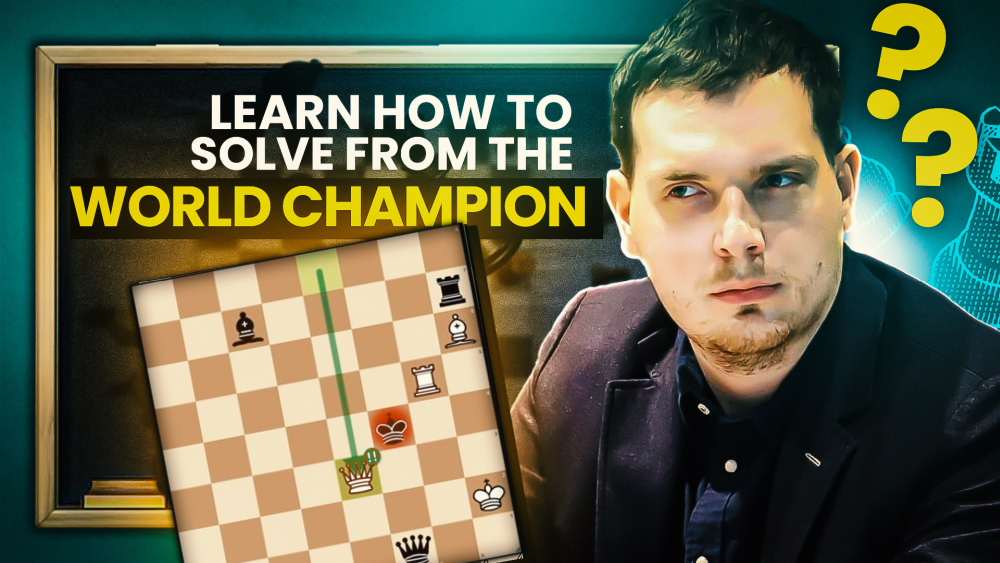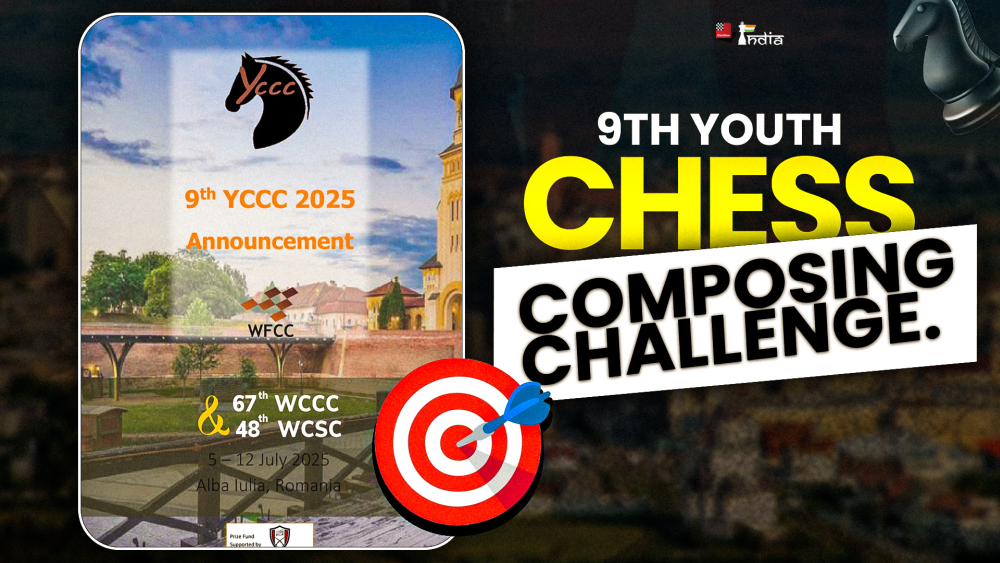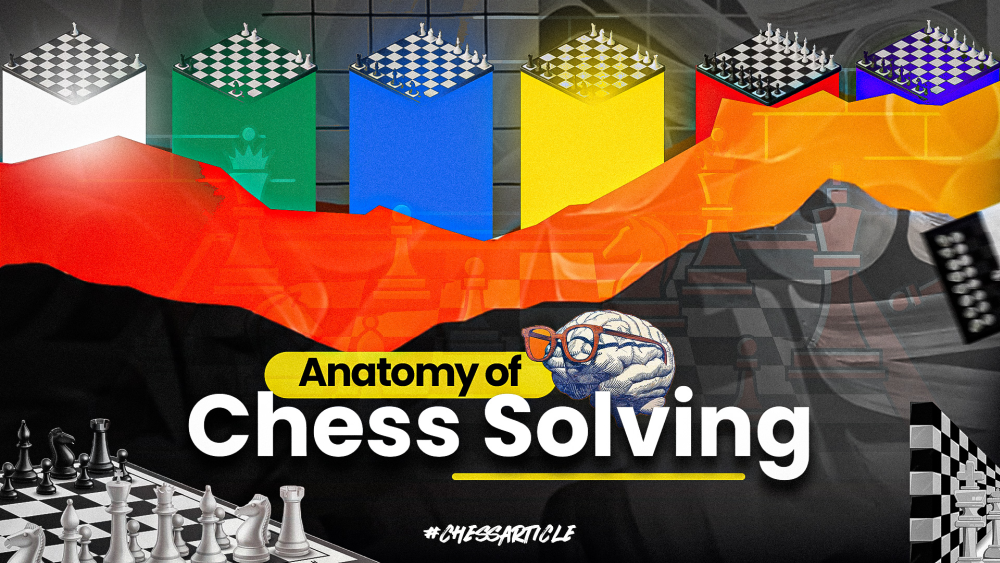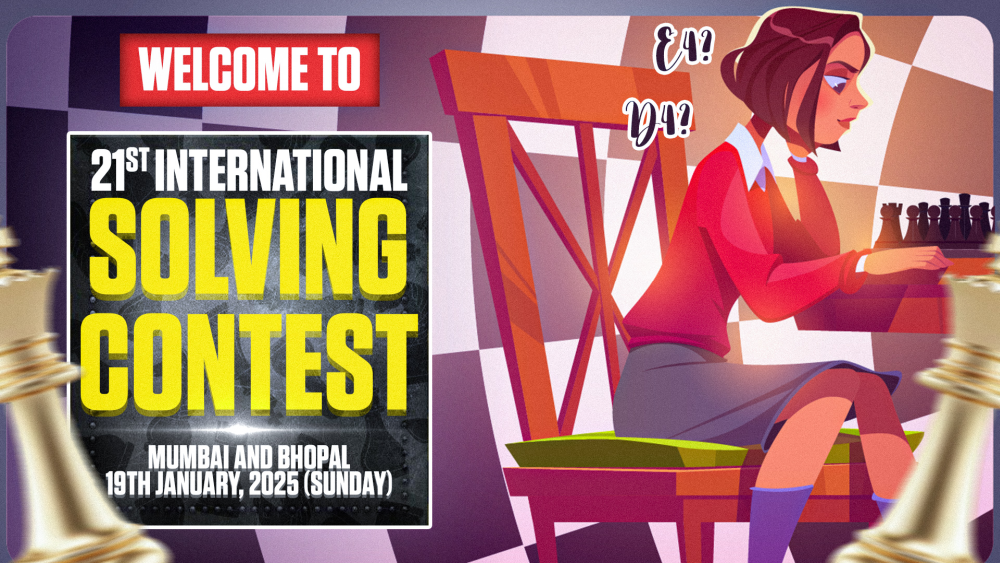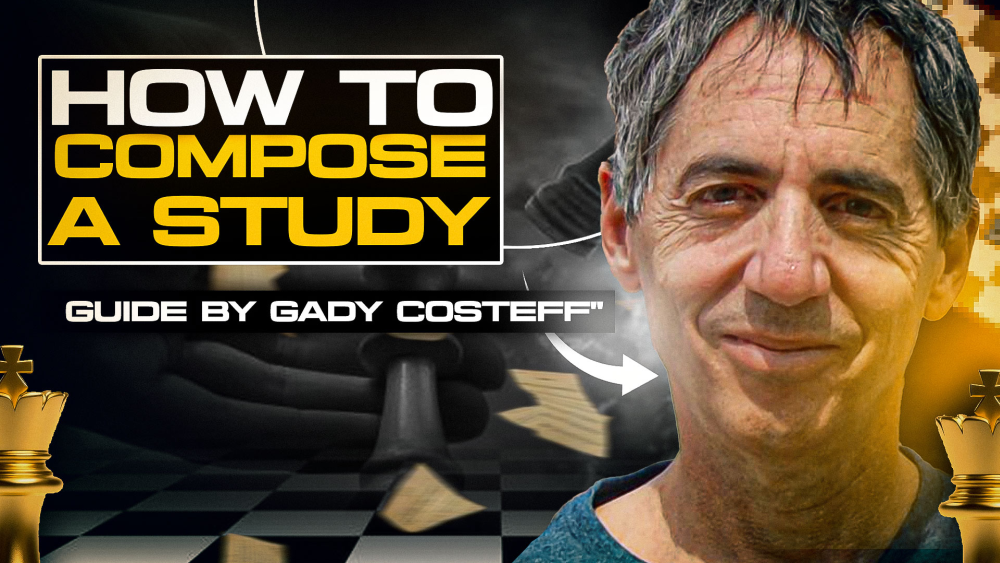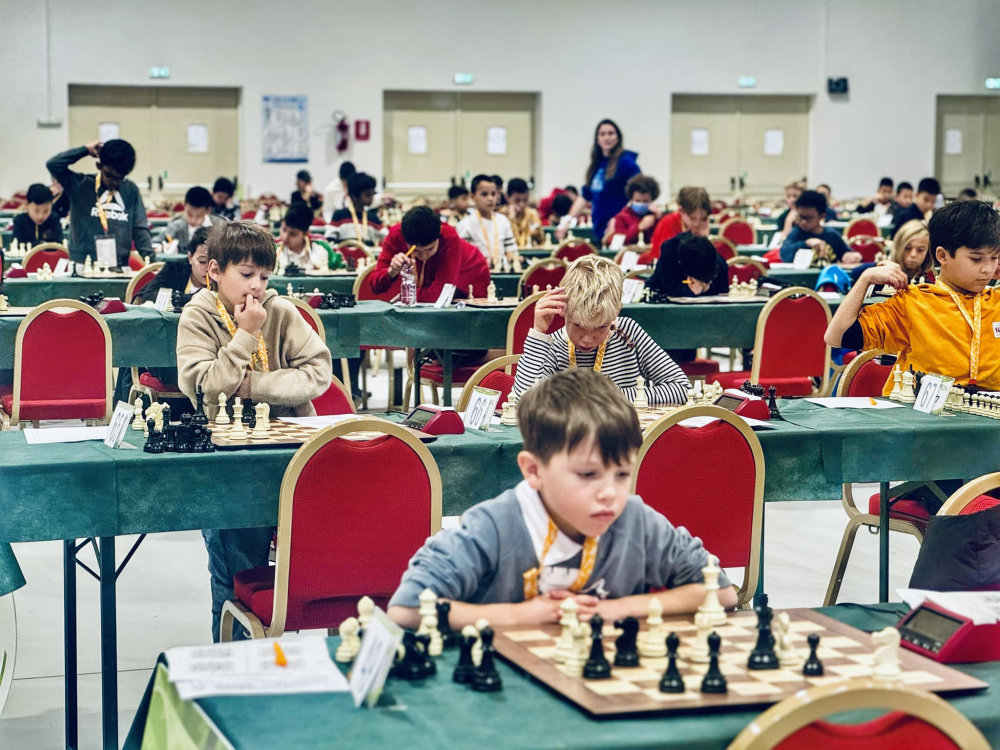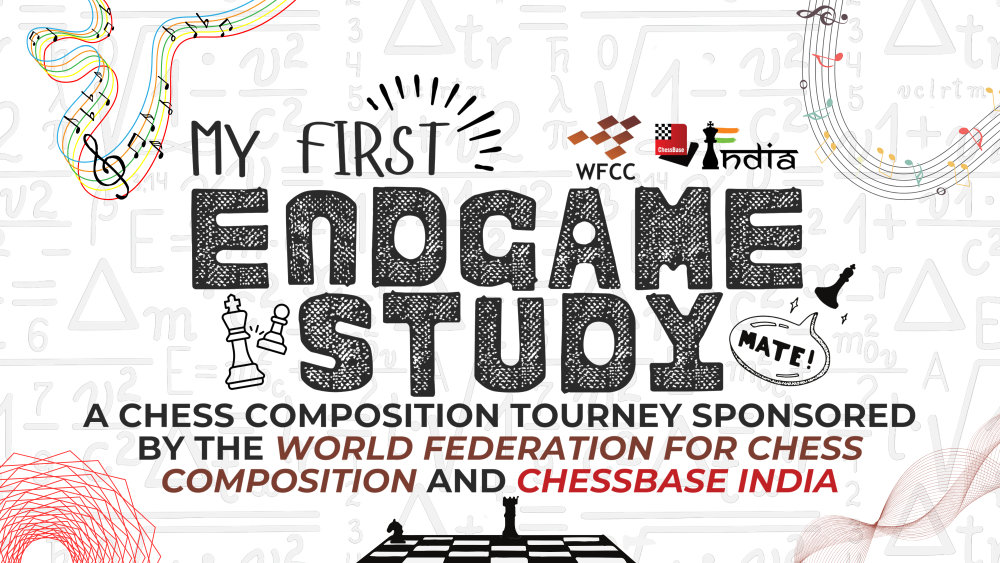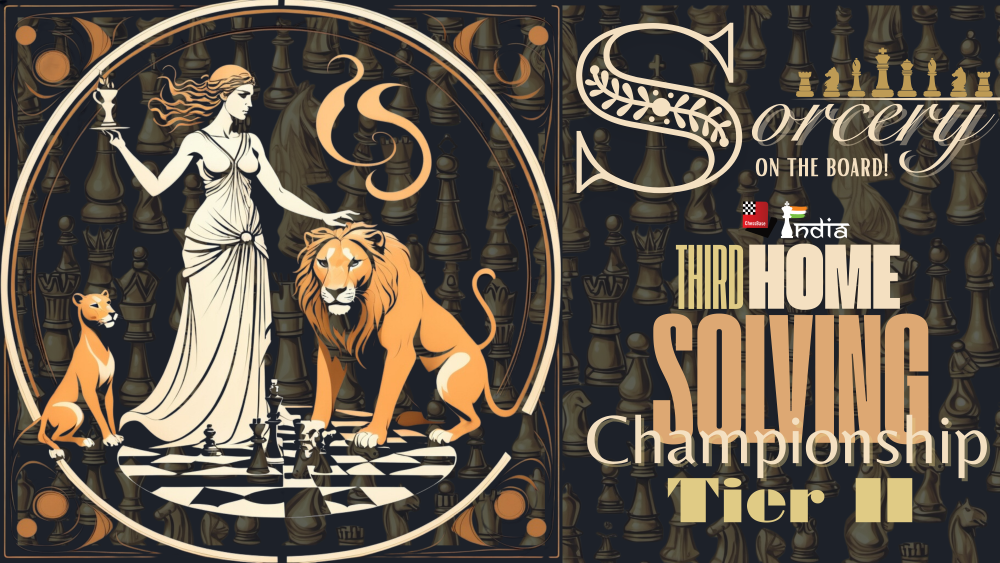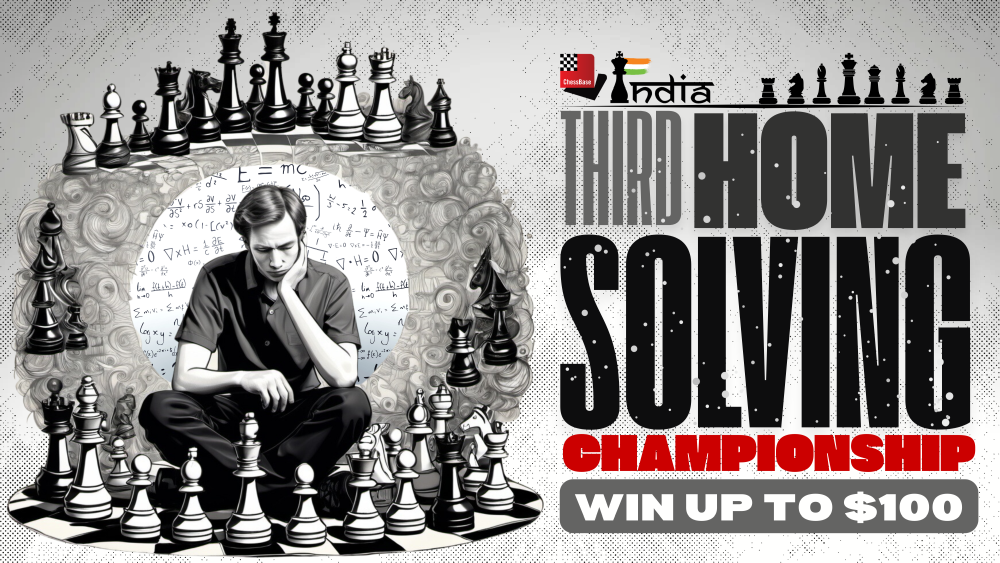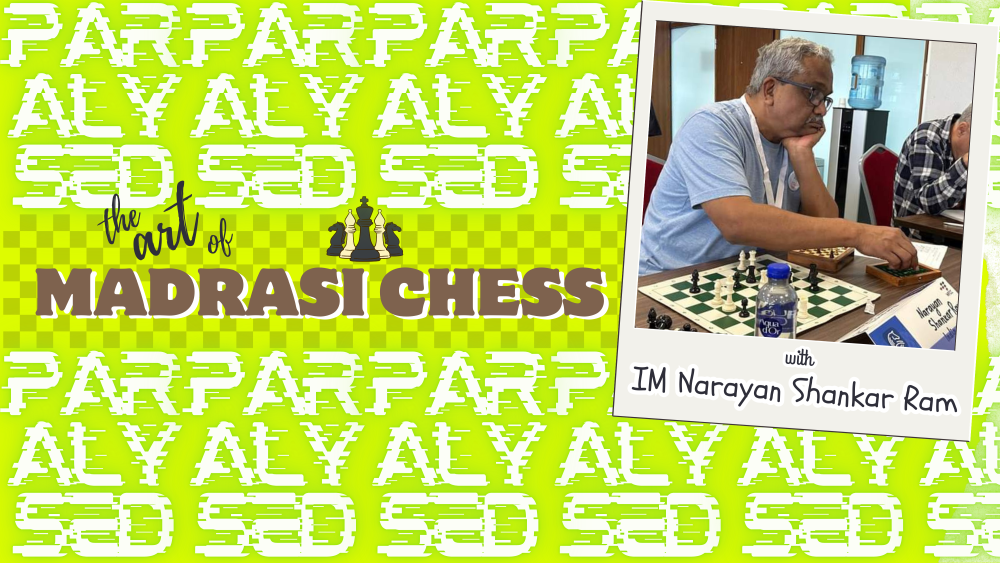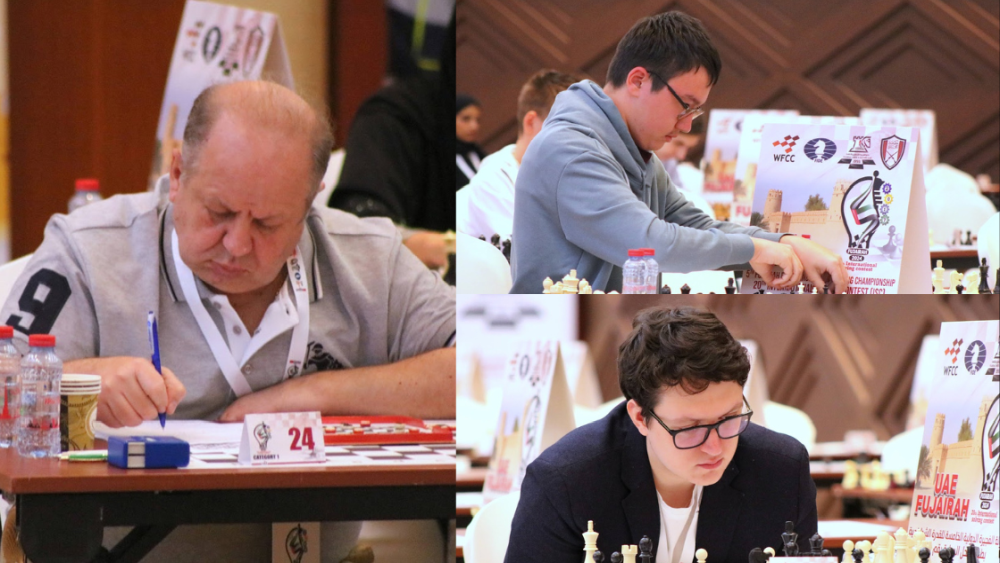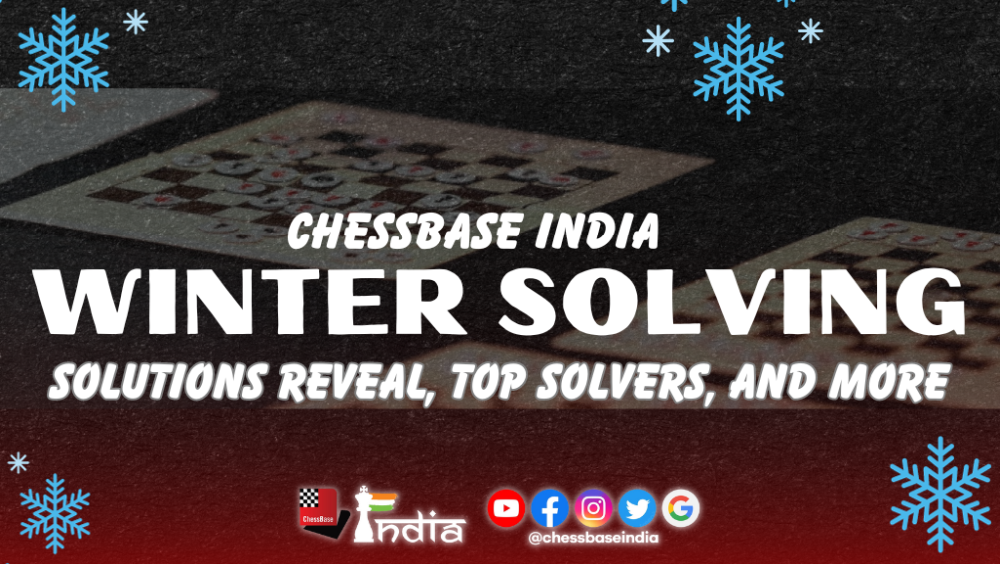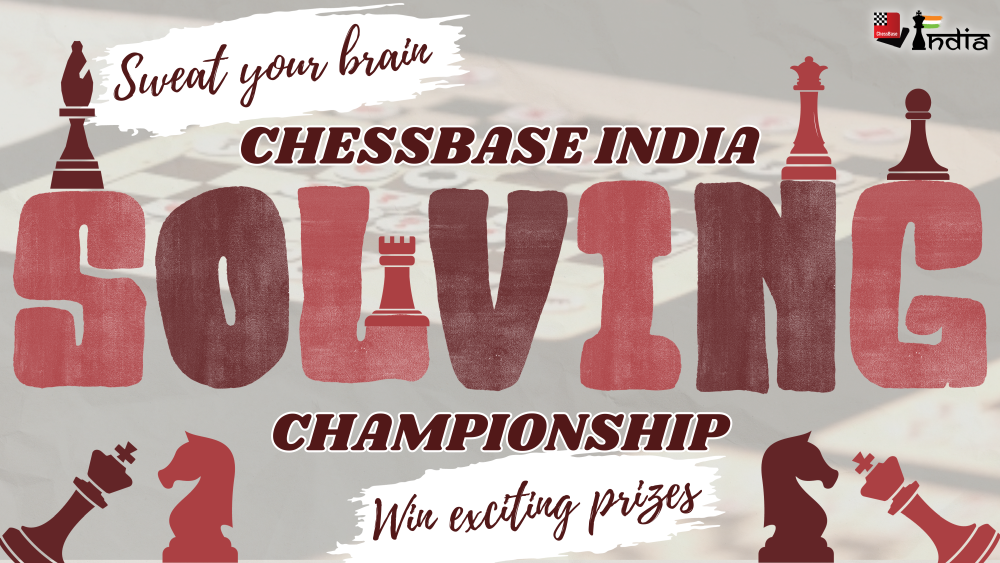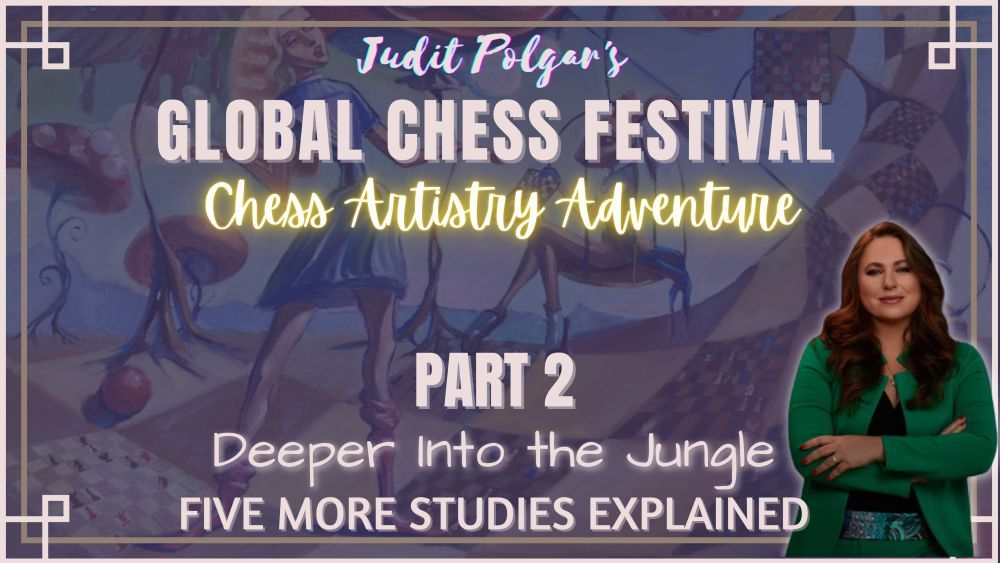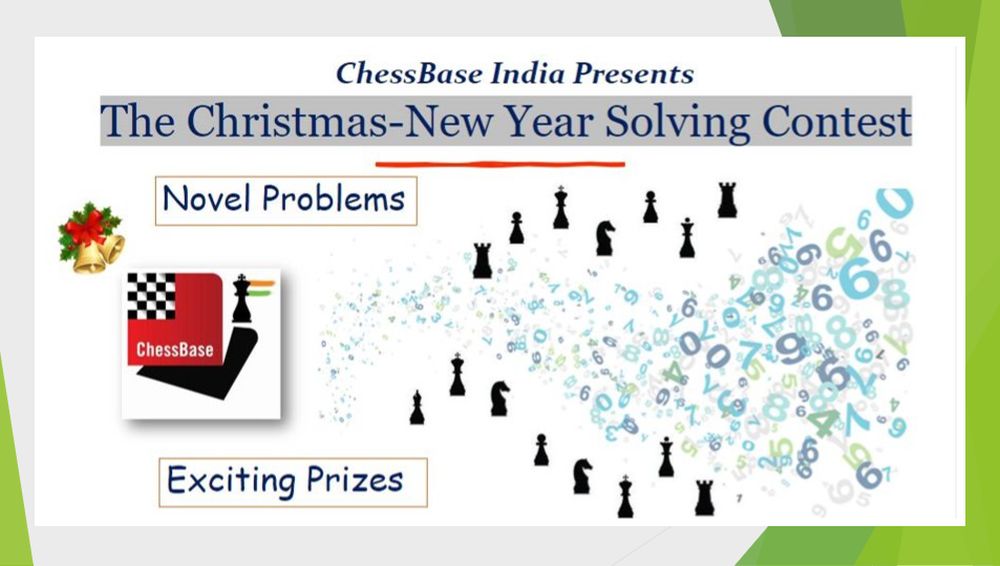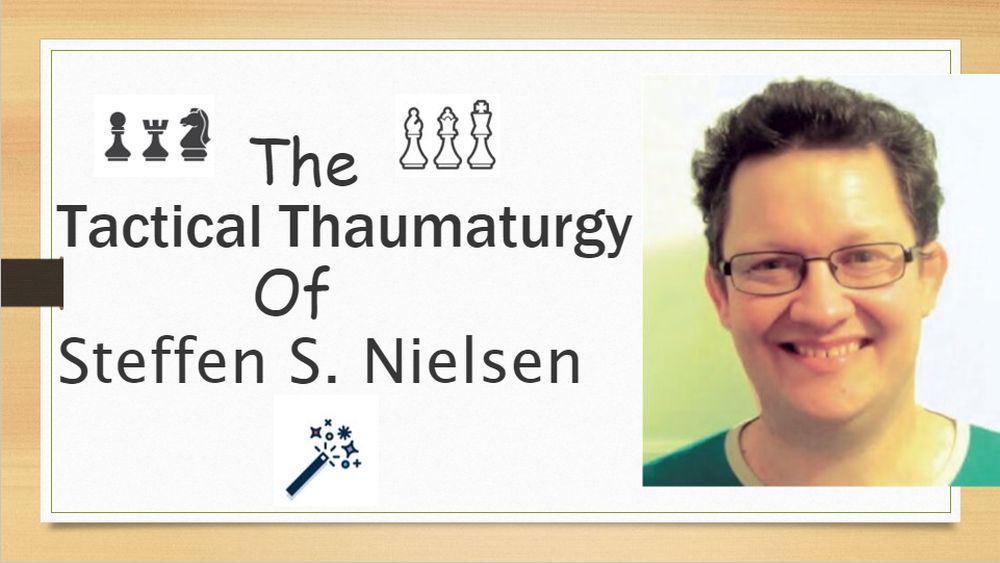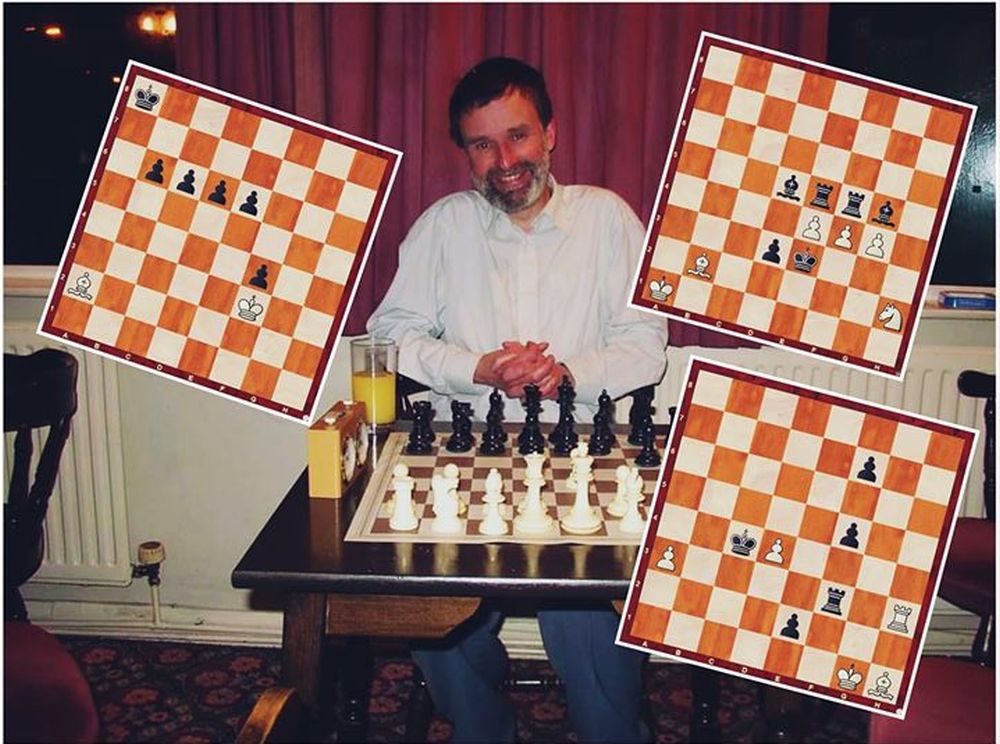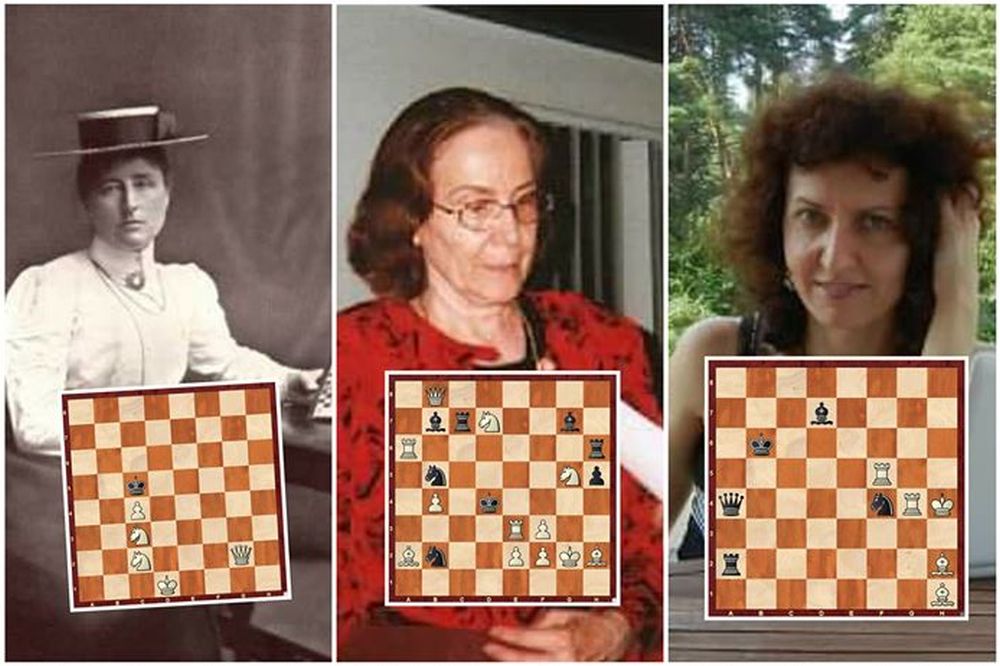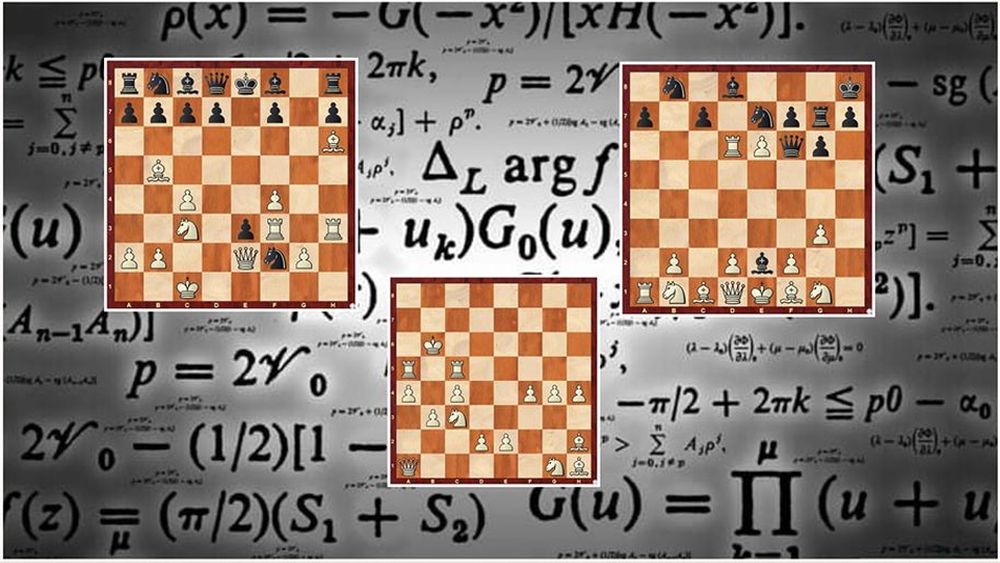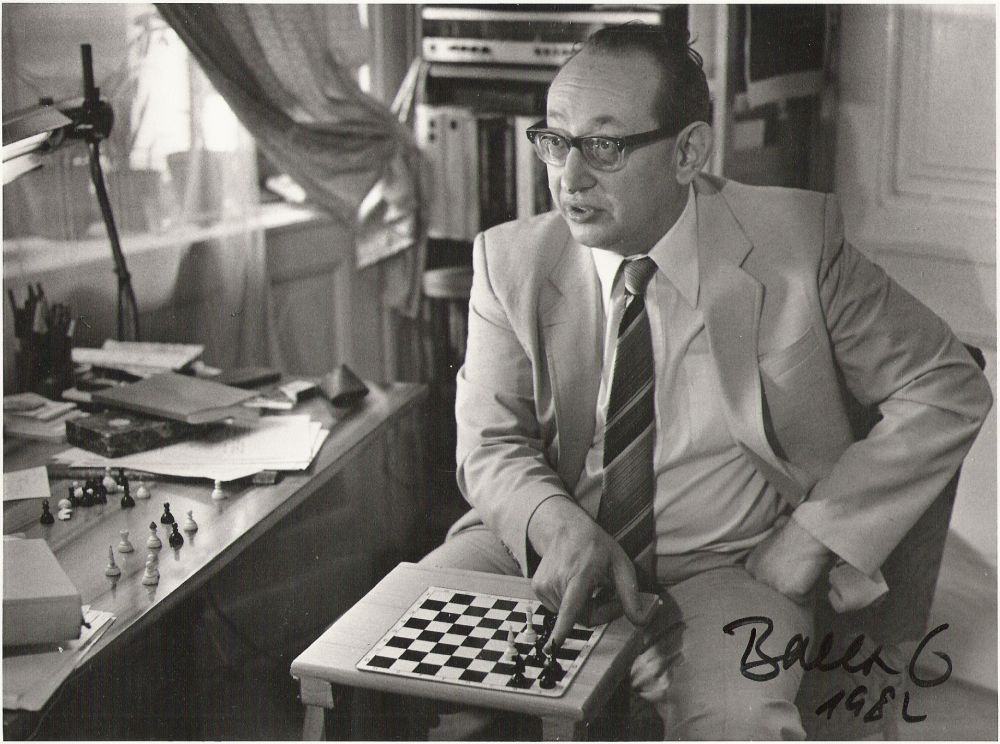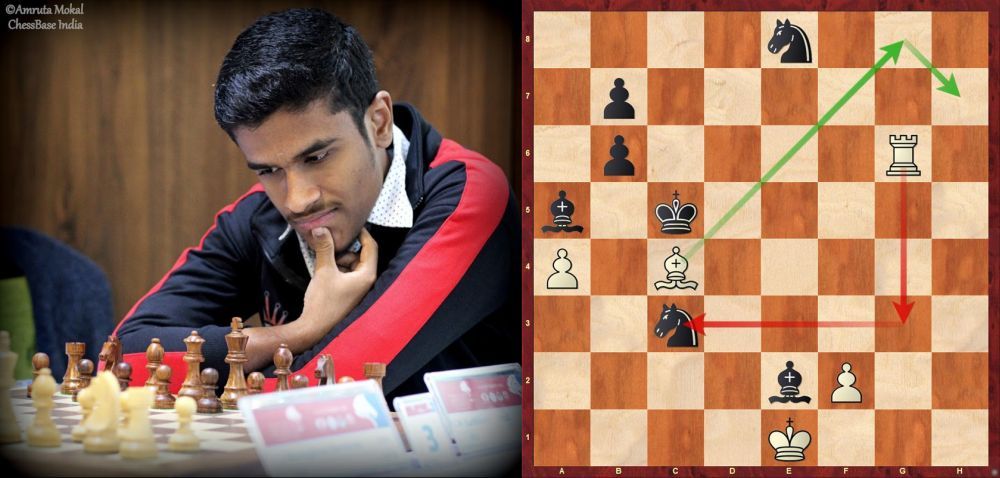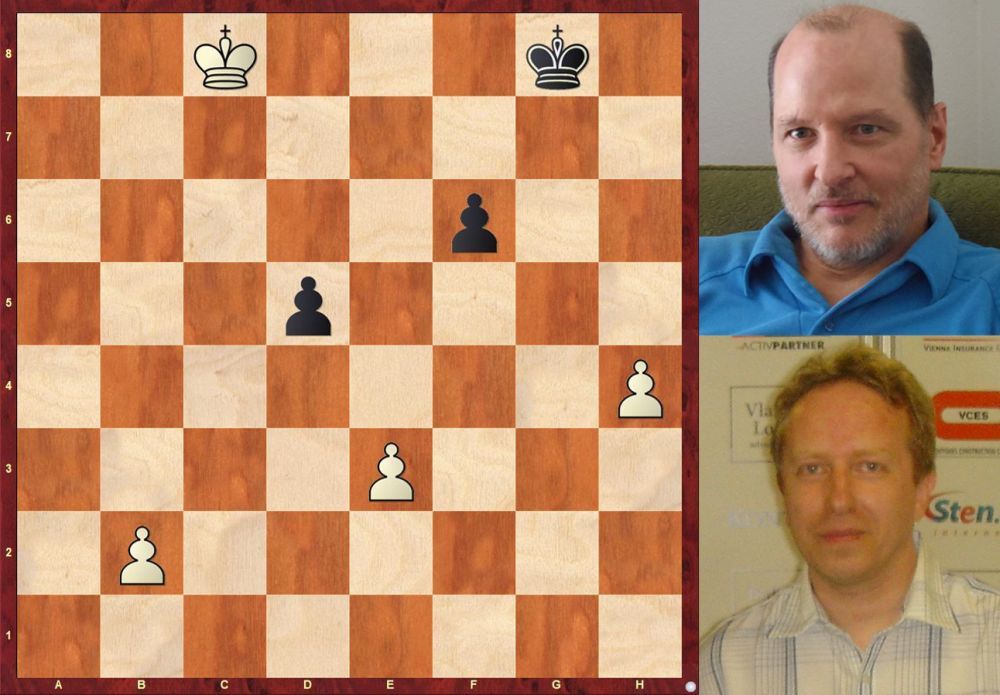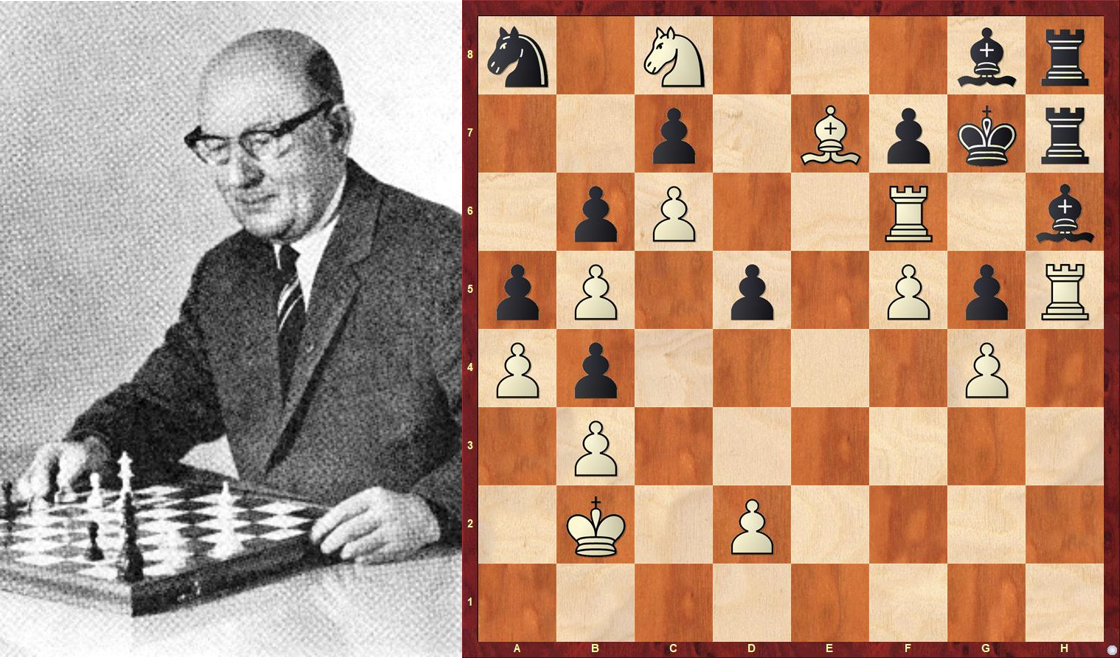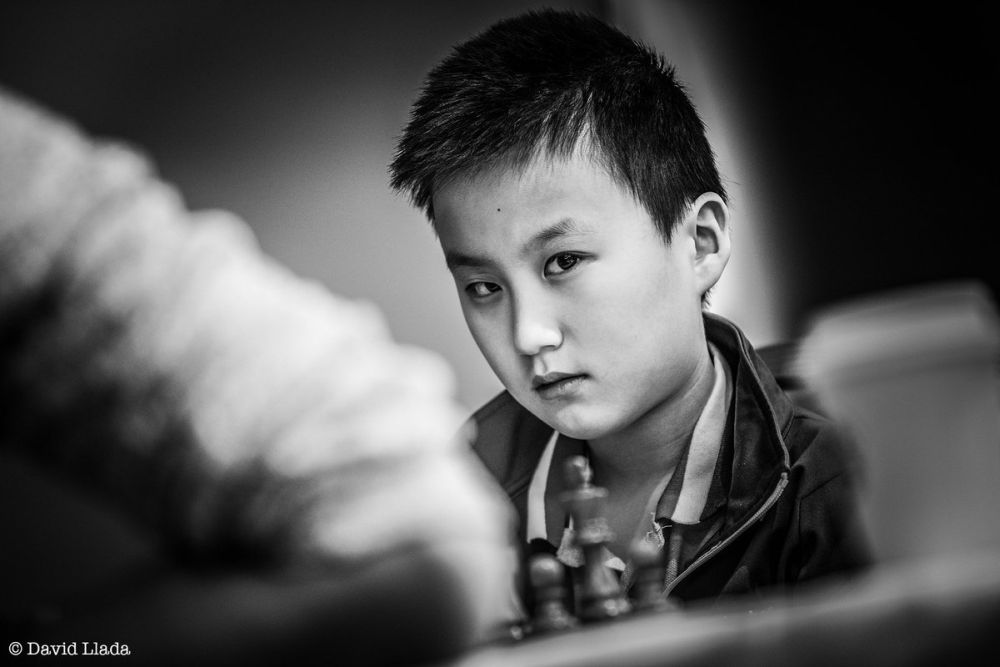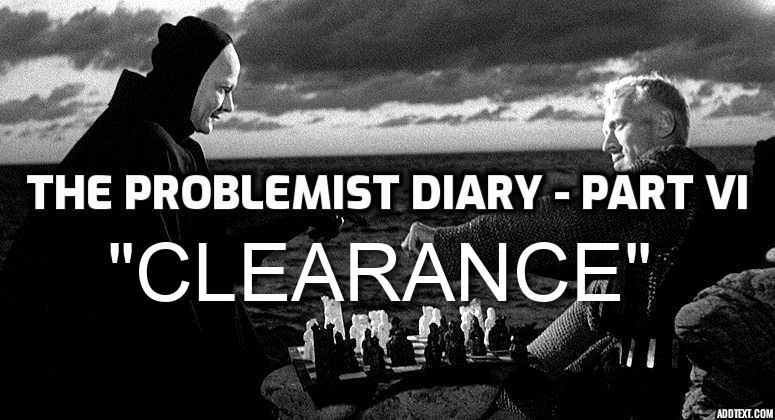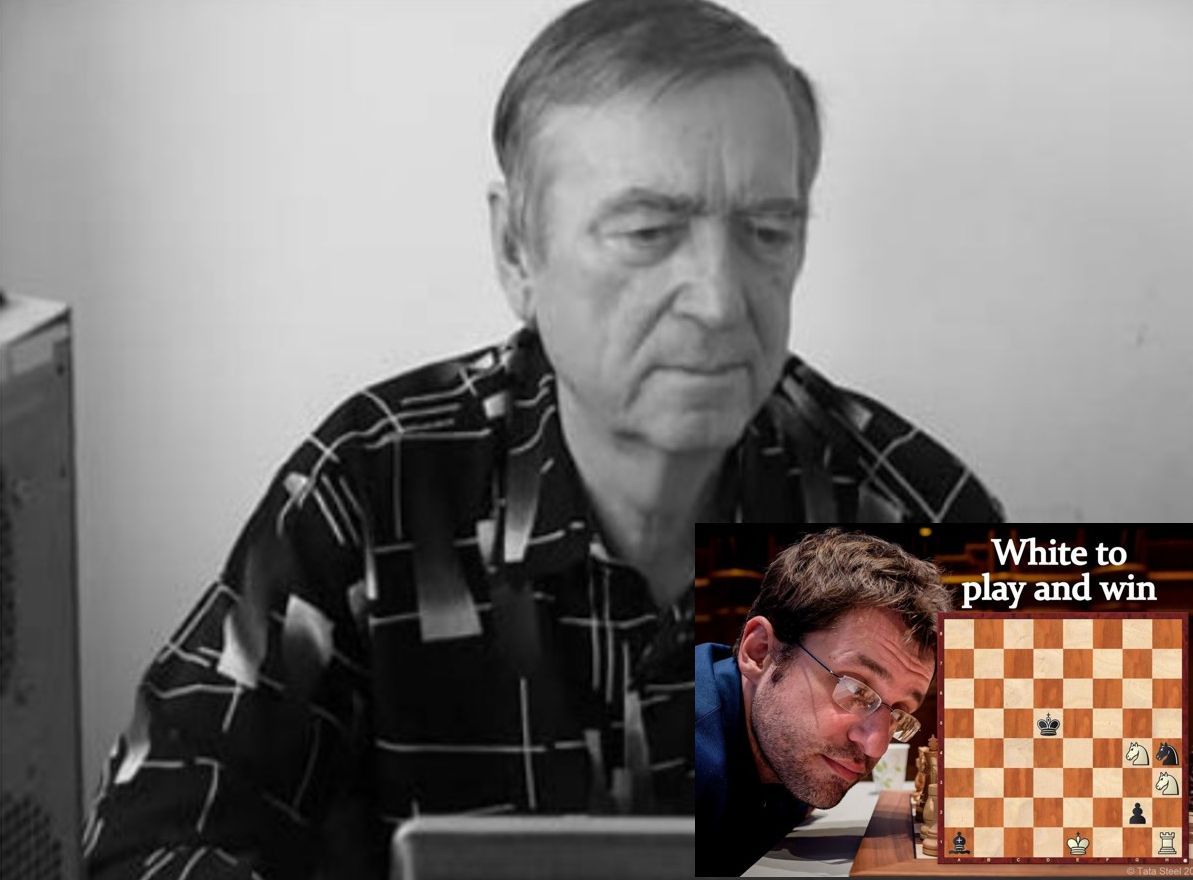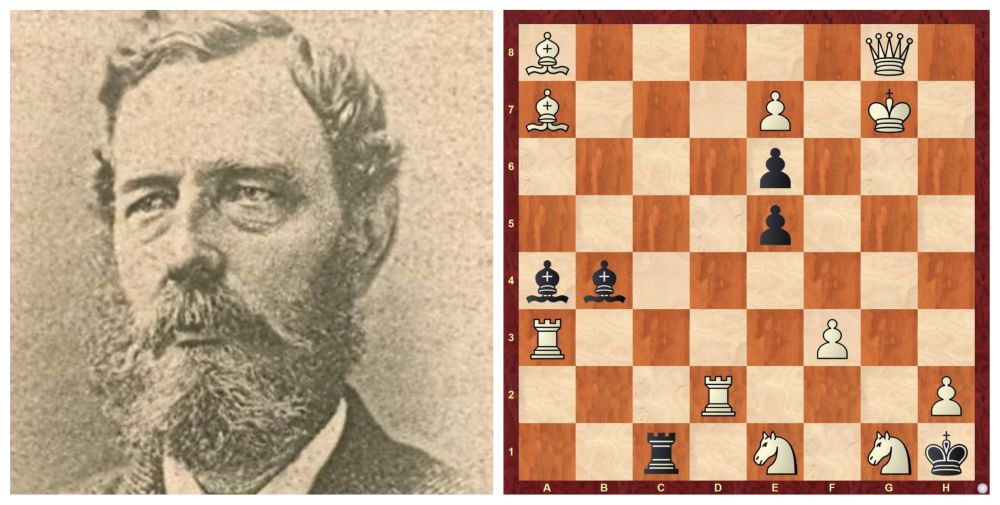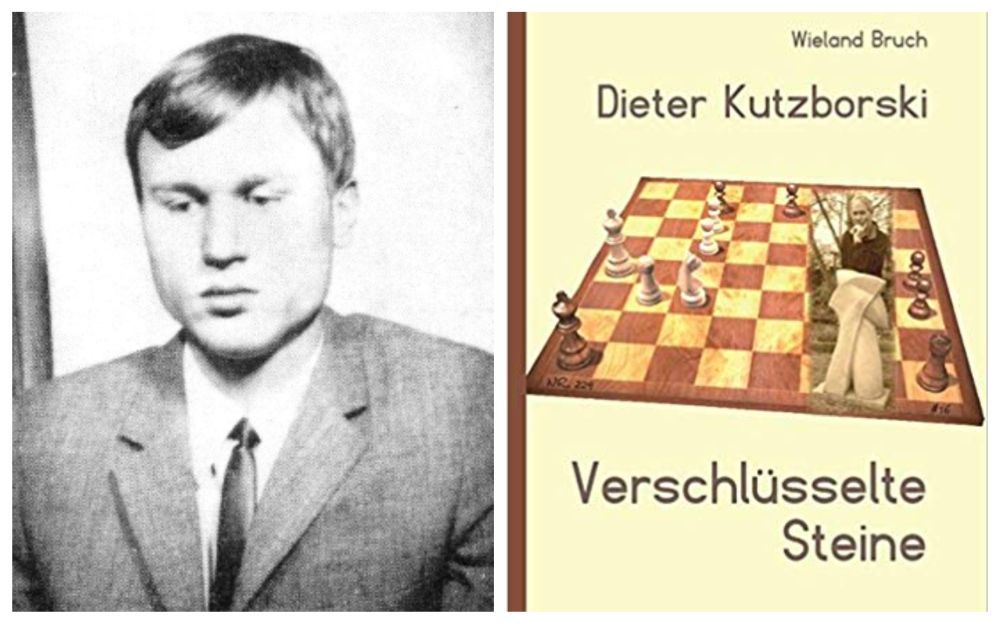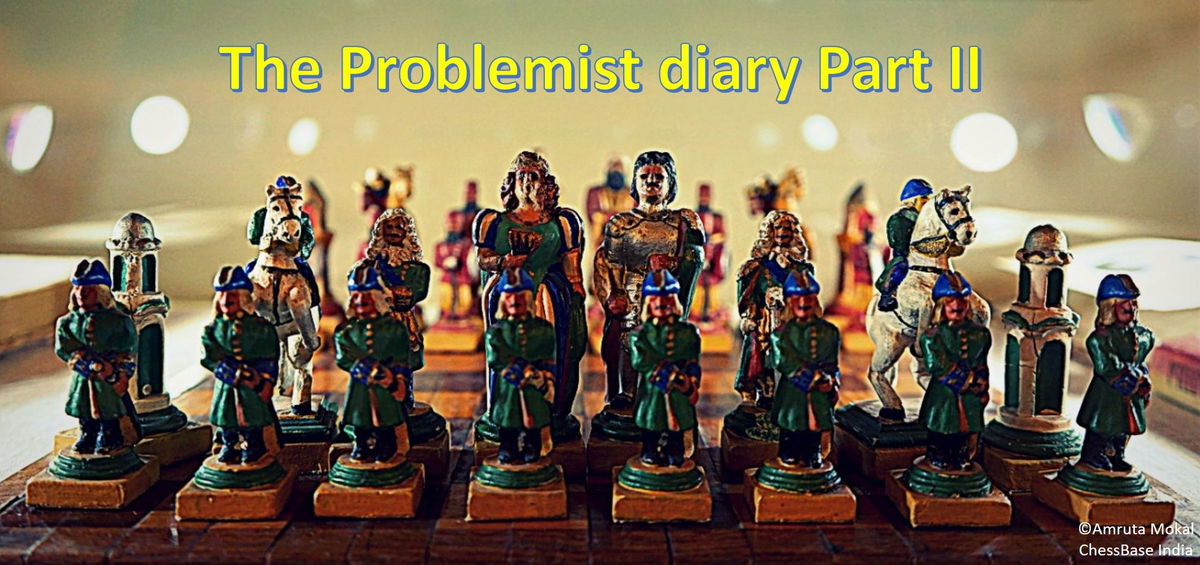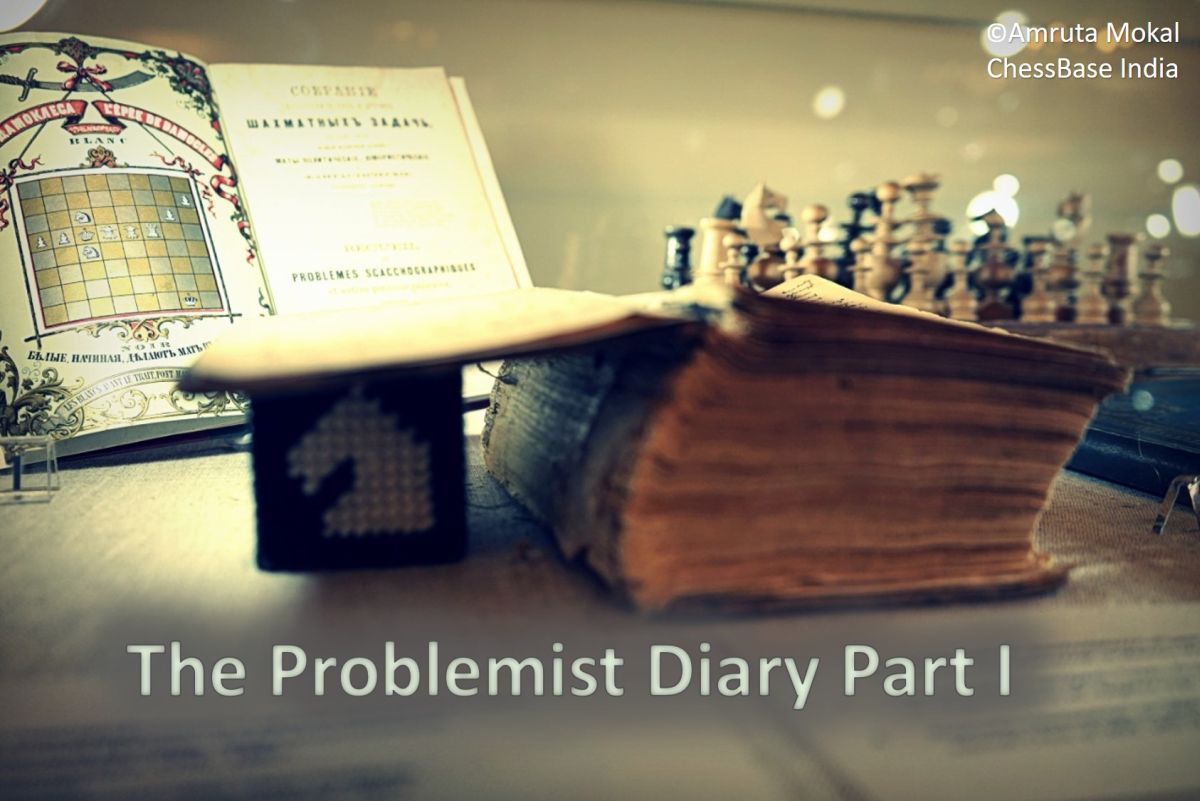Math, Magic, and Mystery on the Chessboard—Winter Solving Tier II
The first tier of the ChessBase India Winter Solving Championship received close to eighty entries from around the world, many of them extremely well-written and perfect. We would like to thank each solver who took the time to write to us. As promised, in this article, we present to you the remaining six problems of the 12-problem contest. These were chosen by Anirudh Daga, one of the world's most promising young composers, and feature material that is even more fascinating and unconventional than what we saw in the first tier. So, what are you waiting for? Refill your coffee mugs and get going!
Section I - Construction and Deduction
In a proof game, you are given a position and asked to reconstruct it from the initial game array in a fixed set of moves. It is not about playing the best moves, but about playing the precise legal sequence that lead to the position after the desired number of moves!
_MS1BY_708x708.png)
White has played 7 moves, and Black has played 7 moves to reach the above position. That seems simple enough, correct? But hold your horses and look at the position twice before starting to solve it. An unexpected twist awaits your eyes and mind!
P.S. A note about the board orientation: In the above diagram and the ones that follow, the square at the bottom left corner is supposed to be a1.
_A58QP_708x708.png)
Again, a construction from the starting game array, and you must play 7.5 moves to reach the position (i.e., white: 8 moves, black: 7 moves). Think about what White’s last move must have been since White has just checkmated, and remember to count the number of moves that can be seen on the chessboard.
_V8HWY_708x708.png)
White plays 19 moves in a row from the initial game array to reach the diagram, and this time around, there is more than one solution! Your task is to figure out the exact number of solutions and explain to us the reasoning and mathematics behind them.
Section II - The Mystical World of Fairies
The next few solving exercises provide an escape into the world of fairy chess, where rules can be broken and created! These problems will test your imagination and creativity—a unique adventure for the daring!
_W6FBX_708x708.png)
White plays 20 moves in a row, with the last one being checkmate, while Black just spectates! But beware, for there cannot be a check to the Black King except for the final move, and legal moves must also be made! It is important to visualise the final mating position since so many black squares need to be covered with no move made by black itself.
What is a Nightrider?
Sample problem - Václav Kotěšovec, Problemkiste, 1998
_QT0SG_708x708.png)
An upside-down knight? That is a Nightrider (N), which can move any number of steps as a Knight in the same direction! So, the Nightrider on c7 can move to b5, a3, d5, e3, f1, e6, g5, a8 and e8!
But what's a series helpmate? Well, in a series helpmate in n moves, Black makes n consecutive legal moves while White skips their turn to reach a position where White can deliver mate in 1. However, at no point can the black king come under a check, and the white king can be checked, but only once, on the last move when it's mated. In other words, the position must be legal at all times.
The solutions to the sample problem are 1. g1=S 2. Sf3 3. Se5 4. Sd7 Sd6# and 1. g1=N 2. Nf3 3. Nh4 4. Nb7 Sb6#. In the second solution, since a nightrider on d7 will give a check to the king, it is important to go to the other side with it and manoeuvre correctly to ensure no checks are given to the white king; thus, it goes to b7, after which the white knight is able to give a checkmate! And note that, for notation purposes, the knight can be represented with an “S” and the nightrider with an “N” for all problems involving nightriders.
_1XZB7_708x708.png)
Black plays 15 moves in a row, after which White has a #1, and most importantly, remember, in fairy problems, sides can also promote pawns to the fairy pieces present on the board!
Meet the Inverted Queens—The Grasshoppers!
Sample problem - Anirudh Daga (Original)
_AWJWC_708x708.png)
These upside-down queens are called Grasshoppers (G), which move on queen lines but must hop over a piece (friendly or unfriendly) and land on the first square after it. The solutions to the above problem are 1. Nd6 Gxc6 2. Nb7 Ga8# and 1. Ne5 Gd4 2. Nd3 Gd2#. In the first solution, the knight goes to d6, enabling the grasshopper to jump over it and land on the first square after it (c6). The knight then goes back to b7, which allows the grasshopper to move to a8, and that is a checkmate to the black king. The second solution is similar. Here, the knight on d3 performs a switchback, allowing the grasshopper to land on d2 via d4.
_W50ZJ_708x708.png)
For the final problem, we have a simple helpmate in 2 with grasshoppers! Since this is a helpmate, cooperation occurs between both sides, with Black moving first, followed by White, then Black, and finally White mating. Don’t forget, there are two solutions!
How to Send Your Solutions?
There are 6 problems in all (the diagrams in orange) of varying points, as indicated below the stipulation for each problem; in total, it comes to 50 points—25 for each section! DO NOT drop your solutions in the comments below this article. As in the previous tier, email us your answers at chessbaseindiasocial@gmail.com. Mention Winter Solving Tier II in the subject along with your full name, and that's it. You are expected to supply complete solutions and rigorous explanations, but incomplete solutions may still be given partial credit, so by all means, attempt as many of the problems as you can. Also, feel free to participate in the second tier even if you haven't in the first one. The deadline to submit the solutions to the second tier problems is 11th December (Monday) until midnight (IST). For the final result, points of both tiers would be added. Remember, one hundred and seventy-five dollars are up for grabs as monetary awards, along with some of the finest ChessBase products.
Important Links
ChessBase India Winter Chess Solving Championship—A Curtain-raiser.
About the Author
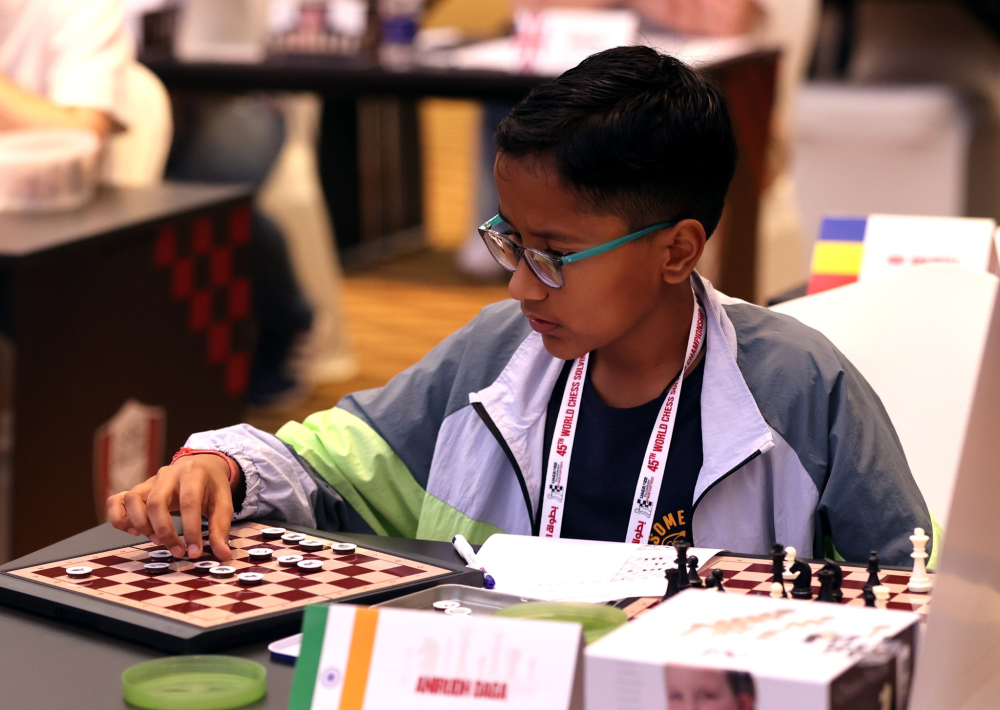
Anirudh is a student living in Singapore. He became interested in chess compositions in 2021 after winning the ChessBase India Christmastide Solving Contest. Since then, he has composed numerous problems, especially fairies and retros, that have all been published in reputable chess problem magazines. He is also one of the creators of The Hopper, which is Singapore's first chess problem magazine.





